Jonathan Chu
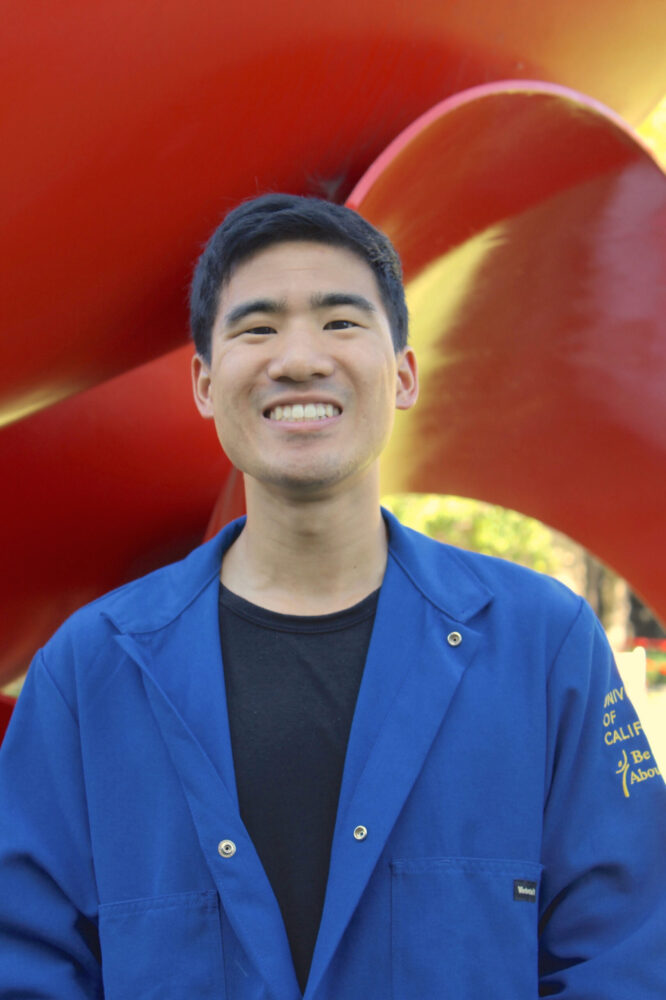
The non-coding genome has traditionally been viewed as junk, with little to no significance in everyday biological functions. However, recent advances have demonstrated clear functional importance of the non-coding genome in both development and disease. Of particular interest are the retrotransposons (RTs), mobile genetic elements that copy themselves through RNA intermediates. One class of RT, the Endogenous Retroviruses (ERVs), occupies nearly 8% of the human genome, yet has lost its to ability to retrotranspose or jump throughout the genome. The inactivity of ERVs despite their high density within the human […]
Vladimir Kremenetski

Quantum computers have the potential to solve several useful classes of problems exponentially faster than their classical counterparts. A group of problems that is of particular interest is the determination of the ground states of strongly correlated quantum systems. Developing a computer capable of running such simulations would have a revolutionary impact on the field of Quantum Chemistry, allowing us to more accurately determine molecular properties for which we currently only have crude estimates. However, this field of research faces a number of logistical and technological barriers; such as the […]
William Kumler

All animals are multicellular, but why? My research this summer hopes to answer a part of this question by studying animals’ closest living relative: choanoflagellates. These organisms can be either unicellular or colonial, and it’s been theorized that this discrepancy is due to specific predation- where predators prefer either colonial or unicellular choanoflagellates. This predation could provide an evolutionary pressure that encourages the formation of colonies, a predecessor to true multicellularity.
Ada Locke
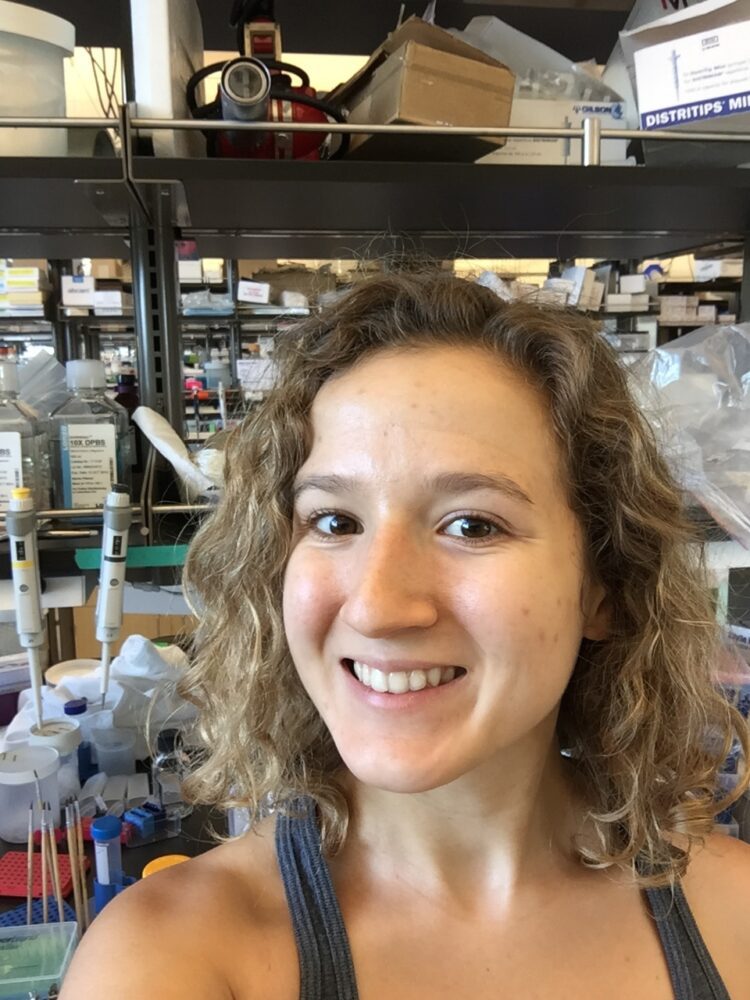
As we age, the protective barrier that separates circulating blood from neural tissue loses efficacy. Breakdown in this blood-brain barrier leads to excitatory synaptic remodeling, epileptoform activity, and, we hypothesize, cognitive dysfunction as seen in Alzheimers disease and dementia pathologies. The protein albumin in the blood is normally separated from brain tissue, but binds to TGF- receptors on astrocytes when the blood-brain barrier is compromised. This leads to an inflammatory signaling cascade and a host of changes in neural tissue that may contribute to cognitive decline. In our research, we […]
Yein Ra
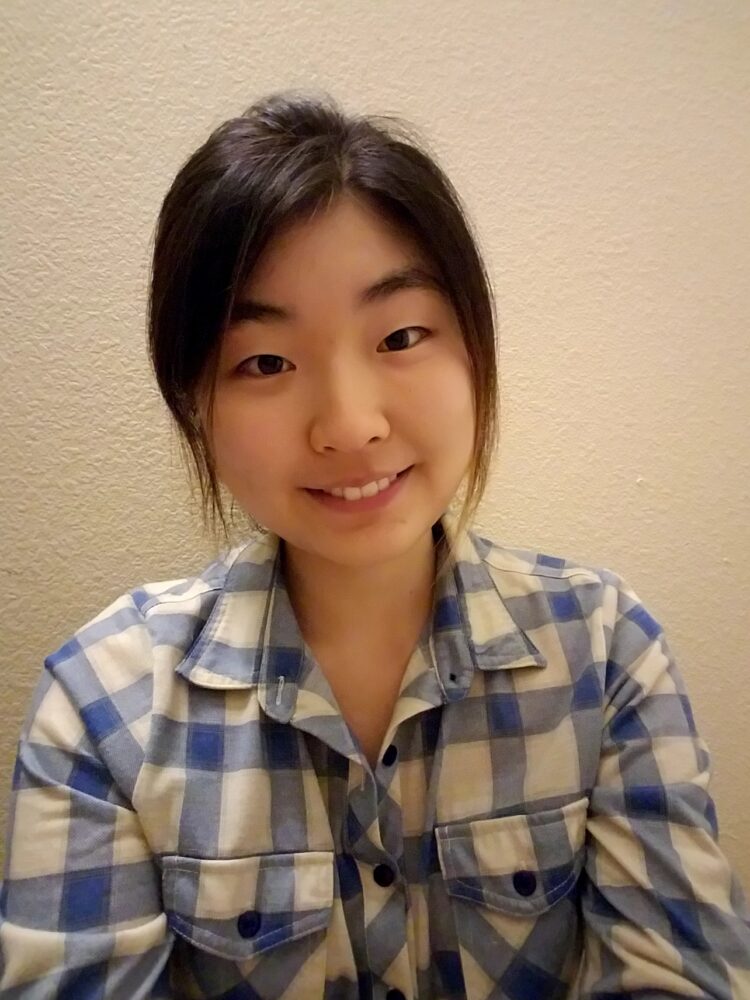
Bacteria that make up the soil microbial community are a significant source of natural antibiotics. In particular, species of Streptomyces are well known for their capability to produce a plethora of antibiotics, and it has been observed that the production of these antibiotics is accelerated when Streptomyces is interacting with certain neighboring microbes. We have found that compared to other soil microbes, Arthrobacter species can more robustly induce antibiotic formation in Streptomyces. I am investigating the mechanism of how the interactions between species of Arthrobacter and Streptomyces result in enhanced […]
Nikko Jeffreys
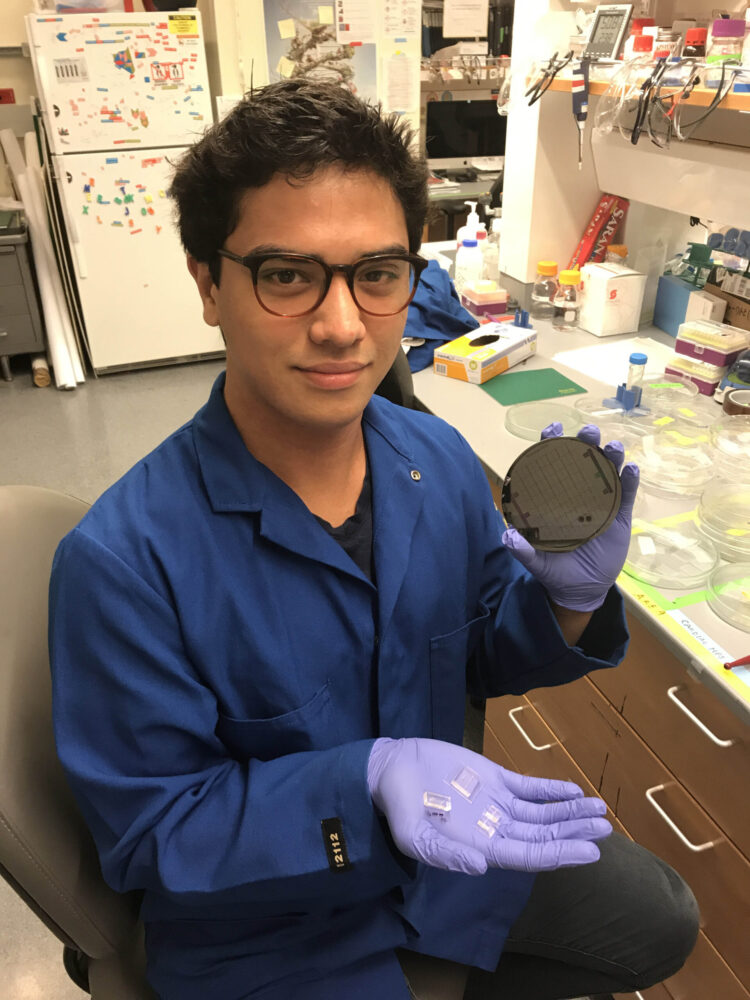
Infective Endocarditis (IE) is a disease characterized by inflammation of the inner linings of the heart. Despite advancements made in medical therapies, IE continues to be a highly morbid and deadly disease with a mortality rate of 17.7% among the diagnosed world population. Traditional in vitro assays and in vivo models of IE fail to recapitulate many of the desired engineered controls that a researcher needs to effectively study the disease. Systems that precisely simulate the activities of the human endocardium in response to IE are in dire need to […]
Ryan Chung
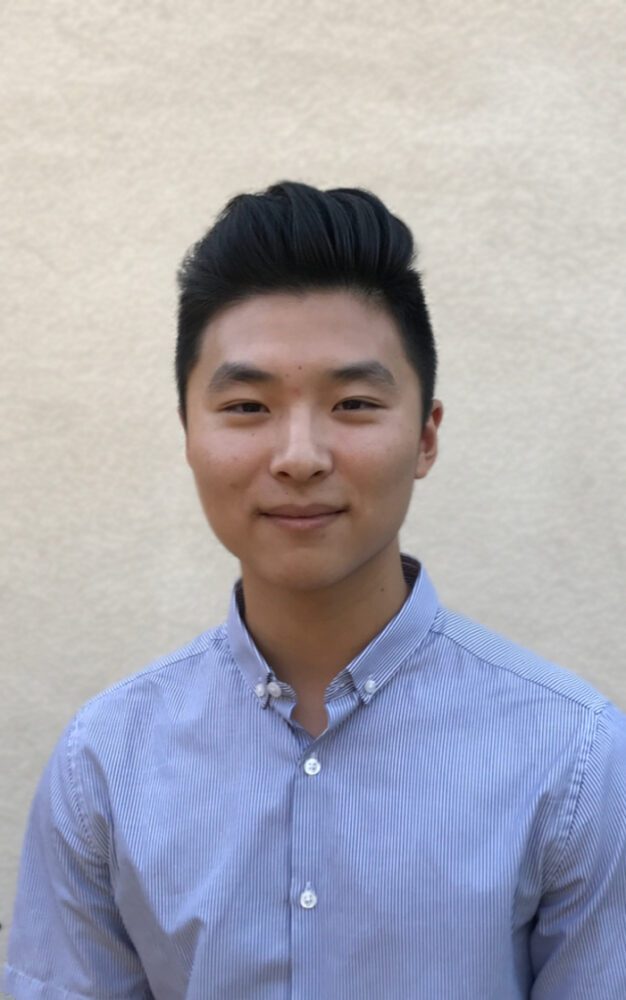
The heterochromatin domain is an essential component of the eukaryotic genome, which contains many repetitive non-protein-coding sequences that must be transcriptionally silenced to maintain genomic integrity. Heterochromatic sequences from multiple chromosomes are organized into nuclear domains that concentrate heterochromatic proteins and exclude euchromatic factors. These domains prevent transcription and recombination of the sequences inside, perhaps because of the density of chromatin packing in the domain. However, this chromatin compaction model is inconsistent with other observations, including high mobility of proteins inside the heterochromatin domain. Recent studies have shown that biological […]
Easun Arunachalam

Interplay between spatial organization and interconversion of different molecules leads to complex pattern formation in simple chemical systems. Some have suggested implications for biological systems, especially in the context of embryonic development. However, unlike idealized chemical systems, biological systems are characterized by complex and dynamic environments. Nevertheless, biological pattern formation appears to be largely stable. This stands in stark contrast to current theories, which predict extreme sensitivity to fluctuations and initial conditions in systems with feedback delays – delays in the response of a system to a stimulus. A comprehensive […]
Stacey Dojiri

Many strains of Chlamydia suis, a bacteria that infects the intestinal tracts of pigs, are resistant to an antibiotic called tetracycline. My project studies whether the gene conferring tetracycline resistance can be transferred from Chlamydia suis to a different species – for example, Chlamydia trachomatis. C. trachomatis is the leading cause of bacterial sexually transmitted diseases and preventable blindness (or trachoma) in the world today, and tetracycline is one of the main antibiotics used to treat those infections. Because C. suis is genetically similar to C. trachomatis and both can […]
Daniel Jong Hyun Choi
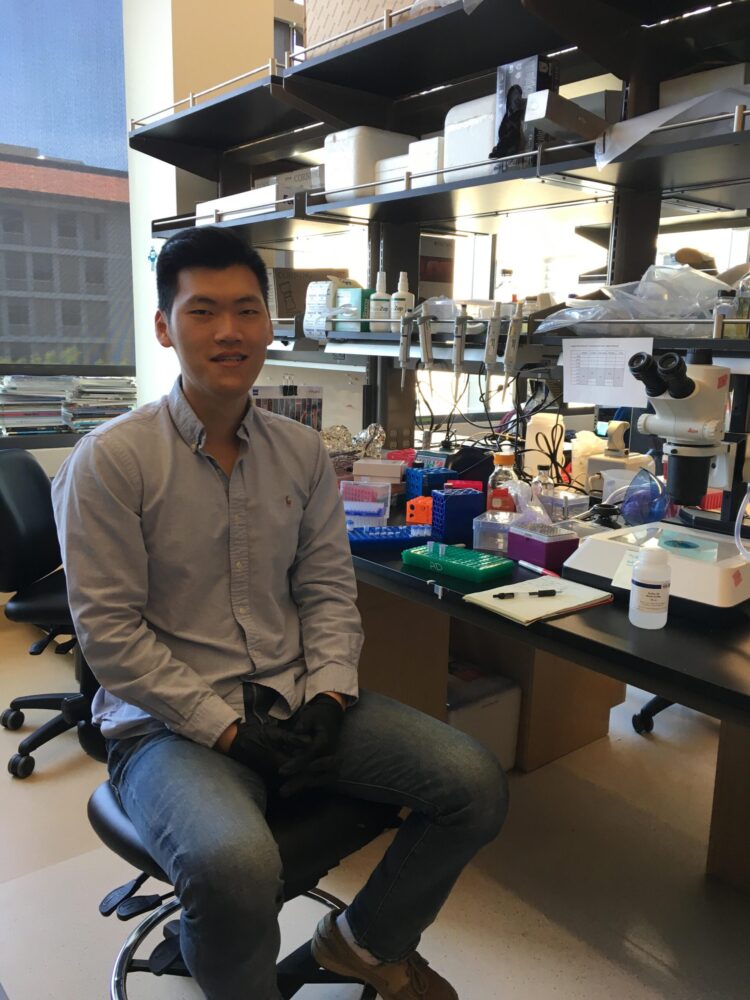
With advances in health care and changes in lifestyle, humans are living healthier, longer. As a result, there has been a dramatic increase in the incidence of age-related diseases such as Alzheimers and Parkinsons. Despite decades of study, the mechanisms driving neurodegenerative disease pathogenesis remain unknown and effective treatments elusive. Inflammation is a hallmark feature of neurodegeneration, suggesting that inflammatory responses could be both protective and harmful to tissue physiology. We are developing a small molecule paradigm of extracellular proteotoxicity that is amenable to high-throughput genomic studies. Our preliminary data […]